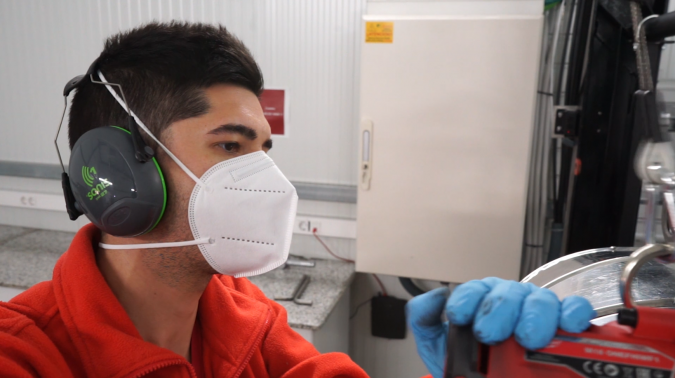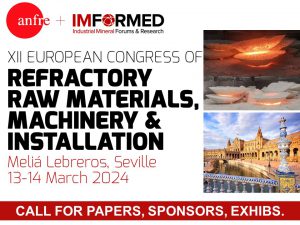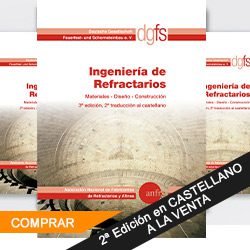Algunos de los principales ejes de la I+D+i del Instituto de Tecnología Cerámica (ITC-AICE) este año, gracias al apoyo del Instituto Valenciano de Competitividad Empresarial (IVACE) a través de los Fondos FEDER de Desarrollo Regional, giran en torno a la sostenibilidad, la digitalización industrial y la aplicación de tecnologías avanzadas en procesos industriales cerámicos. Es el caso de Prosim II, centrado en la modelización y simulación aplicada al proceso de fabricación de baldosas cerámicas, para conocer de antemano qué problemática le podría afectar a un proceso industrial para poder prevenir posibles incidencias, o GenerTwin, un proyecto, en este caso coordinado con el Instituto Tecnológico de la Energía (ITE), en el que participa ITC-AICE, para optimizar procesos industriales con la aplicación de la digitalización energética, que plantea una propuesta de valor sólida: diseñar, desarrollar y testear una herramienta que permita analizar un proceso industrial manufacturero de manera totalmente digital, contemplando tanto sus características productivas como de consumo de energía.
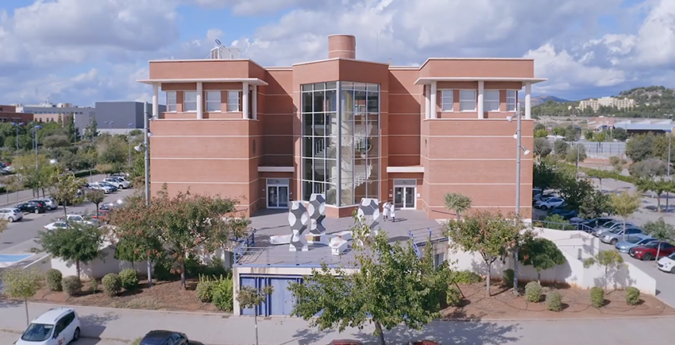
Por otra parte, se trabaja en el proyecto NewMan, cuya novedad es que se propone desarrollar composiciones cerámicas para elaborar mangas o filtros de depuración, tradicionalmente elaborados con otro material, y que puedan instalarse en los correspondientes sistemas de depuración de las industrias cerámicas. A un coste reducido, podrán tratar las emisiones gaseosas complejas a alta temperatura, de modo que la cerámica servirá, en este caso, para tratar de manera eficaz y con menor coste las emisiones industriales de procesos que requieren altas temperaturas y los compuestos nocivos que pudieran surgir como gases ácidos, compuestos orgánicos o partículas de diversa índole. Por su parte, el proyecto Tracemat, en su segunda anualidad, se centra en el desarrollo de metodologías de análisis de trazas en materiales geológicos e hidrocarburos. El método cuantificaría las trazas de metales pesados en materiales geológicos como caolines, bentonitas, sepiolitas, carbonatos y otros, que puedan estar en contacto con alimentos, por ejemplo, en procesos de filtrado de aceites, clarificación de vinos, etc. En la línea de investigación de aplicación de la cerámica como solución constructiva y eficiente energéticamente en las viviendas, el proyecto RoofTiles II estudia la monitorización de soluciones constructivas horizontales cerámicas para su evaluación energética. En esta segunda etapa del proyecto, se evaluarán diversos sistemas cerámicos comerciales e innovadores dirigidos a la rehabilitación de cubiertas planas que ayuden a mejorar la eficiencia energética de los edificios existentes. Para la evaluación de estos sistemas se han creado tres prototipos sensorizados y acondicionados que permitirán monitorizar simultáneamente y con las mismas condiciones ambientales el comportamiento de los diferentes tipos de sistemas, tanto en periodos fríos como en periodos cálidos. Además, se ha implementado una plataforma de monitorización y control de los datos conectada a la nube.
ITC-AICE como entidad coordinadora y el Instituto Tecnológico del Plástico (AIMPLAS) como participante, investigan tecnologías de captura de CO2 aplicables al sector cerámico, mediante el proyecto CapturO2. Entre otras acciones, se van a caracterizar las corrientes gaseosas de varias instalaciones industriales para conocer con precisión la cantidad de CO2 emitida y la presencia de otros elementos, y así analizar las posibilidades de aumentar la concentración de CO2 en los gases de salida de las instalaciones para facilitar su captura. Con los datos obtenidos, y mediante simulación, se podrá discernir qué tecnología de captura se adaptaría mejor a estos procesos, además de llevar a cabo ensayos de laboratorio para analizar qué material proporciona mejores valores de captura y/o filtración de CO2. La idea es desarrollar a escala piloto, una vez recopilados los resultados, un futuro desarrollo para la captura de CO2 de instalaciones industriales.
Además, en el proyecto HardLam se trabaja para mejorar y optimizar los elementos de refuerzo en las láminas cerámicas, materiales de un espesor muy delgado que son muy apreciados en la arquitectura porque pueden recubrir grandes superficies, poseen altas prestaciones y permiten un gran abanico de posibilidades en proyectos arquitectónicos.
En cuanto al uso de tecnologías 3D de impresión cerámica, el proyecto 3D KeraLux persigue la obtención de piezas cerámicas de altas prestaciones utilizando la técnica de la fotopolimerización para su uso en industrias tractoras como la aeroespacial, aeronáutica, o automovilística, entre otras.


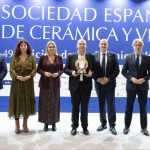

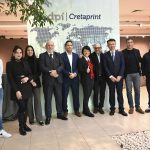

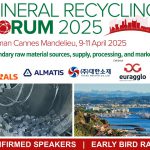
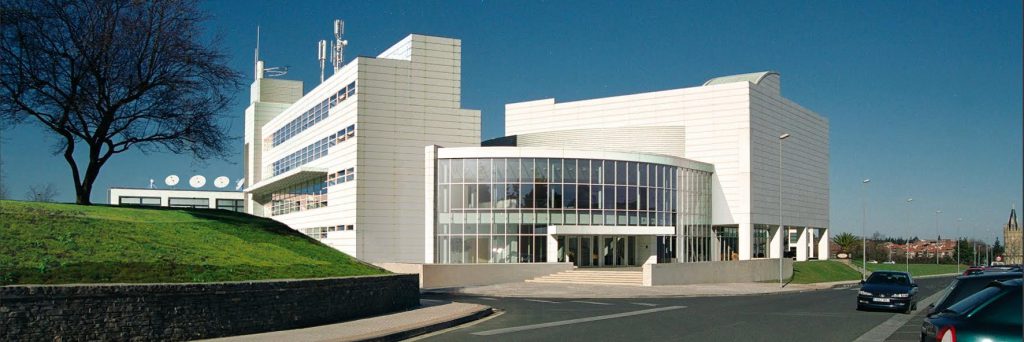






 E:
E:  E:
E: 